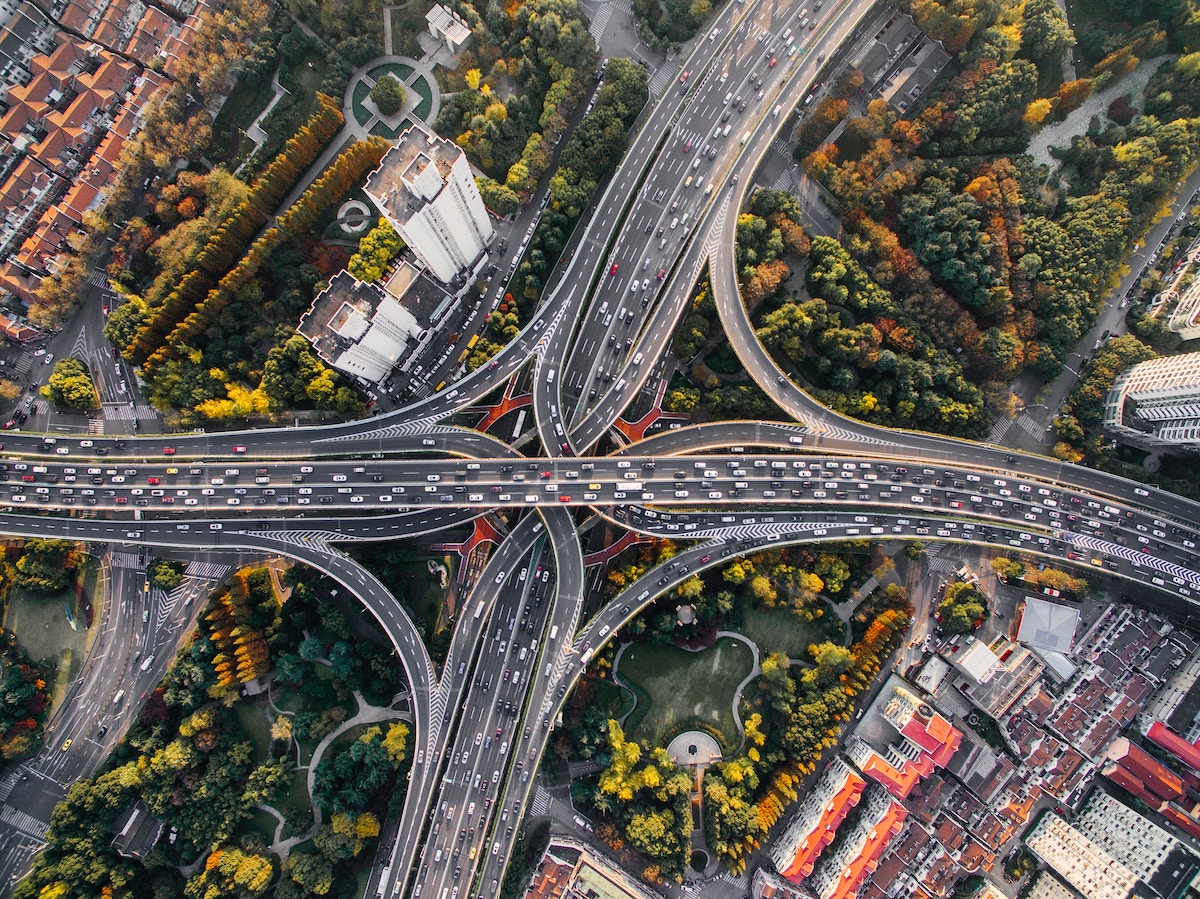Mobility for the future of our planet
Mobility is the ability to move people and goods in space (e.g. cities), for a purpose. Clean, innovative and efficient mobility is key to the world achieving the SDGs
SDG 7 – Conceives a shift from fossil fuels to cleaner solutions like renewable-powered electric vehicles for reduced emissions, pollution and oil dependence
SDG 9 – More sustainable and efficient transport infrastructure is the key to this goal, involving charging infrastructure, electric fleets and intelligent transport systems.

SDG 11 – Sustainable mobility is key to thriving communities in our cities. It reduces congestion while enhancing livability in cities.
SDG 13 – Clean mobility of people and goods plays a key part in global GHG reduction strategies.
Most UN Global Compact participants deal with transport and mobility as either their core business or as a secondary/tertiary opportunity for reducing their carbon footprint. As technology has enabled mobility innovation, we are seeing some promising trends evolve as the future of mobility, enabling:
𝐌𝐨𝐫𝐞 𝐜𝐡𝐨𝐢𝐜𝐞𝐬: Future mobility will be very much about humankind having the choice to move (at all) by having valid alternatives in the form of passenger and goods mobility/delivery that are the best-informed solutions, on cost, efficiency and convenience. As technology encompasses all modes, they become data-objects in a world of possibilities, combined into inter-modal journeys e.g. a journey on an e-aircraft, completed with an autonomous taxi.
𝐒𝐞𝐚𝐦𝐥𝐞𝐬𝐬 travel: With real-time data, connectivity and ubiquitous digital payment infrastructure, it would be possible to plan, book/call, and pay for a multitude of modes, in their best combination, effortlessly. E.g. now the contactless open-loop payments across the Netherlands allow mobility between NS and local transit, without a specialized transport-card
𝐂𝐨𝐧𝐯𝐞𝐫𝐠𝐞𝐝 𝐨𝐰𝐧𝐞𝐫𝐬𝐡𝐢𝐩/𝐮𝐬𝐚𝐠𝐞 𝐦𝐨𝐝𝐞𝐥𝐬: With autonomous vehicles, self-driven (e.g. car-sharing) and chauffeured (e.g. taxi) business models will converge. Smarter contracts and connected data from vehicles will allow for flexible leases/policies that will cover use for a few hours to a few years, across a variety of use cases. The integration of passenger and goods mobility use cases will spawn multi-purpose vehicles (e.g. delivery + taxi)
Going beyond the surface: As the cities of the future get more and more congested, particularly at the road level, new directions are being sought. Air taxis, electric boats and car tunnels are only the beginning of ideas for seeing cities in three dimensions. Mapping, traffic control, stations and routes will also expand to the third dimension.
𝐎𝐩𝐭𝐢𝐦𝐢𝐬𝐞𝐝: Intelligent use of the limited space we have in our cities, to have mobility solutions where they are most needed and justified, to right-sizing the vehicles we have on our streets (e.g. light electric vehicles, instead of big diesel vans), and to simply reduce the excess (and rarely used) personal vehicles. Powertrains, modes and solutions that prevail will have to confirm to (energy & cost) efficiency, no/low noise, safety, accessibility and carbon neutrality/negativity.

About the author
Mr. Rajarshi Rakesh Sahai is a business and thought leader with significant experience in electric vehicles, smart cities, energy, and business strategy. He has successfully led organisations in electric vehicles, shared mobility, mobility-as-a-service, Venture Capital and strategy consulting.
Photo credits: Salzburg Global Seminar/Christian Streili
